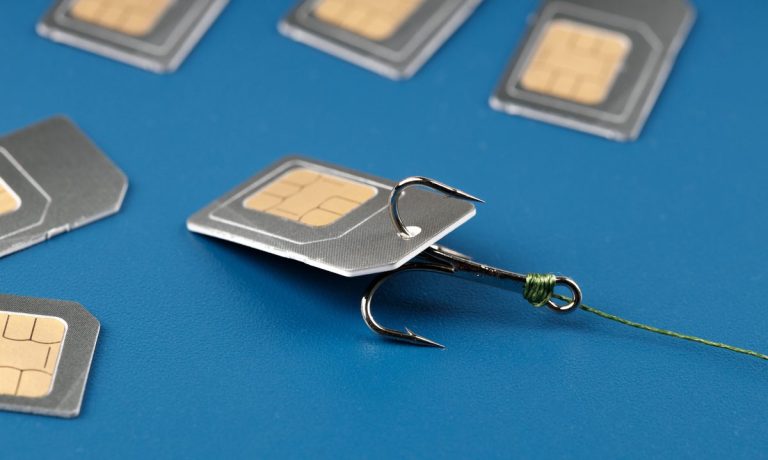As digital commerce and payments grow, fraud grows with it. That’s going to get worse before it gets better as merchants and their payments partners decipher the many-faced fraud beast.
Immense expansion of digital commerce and digital payments over the past two years is benefitting consumers and corporations, but much work remains to secure it all.
“Inevitably, when you get growth in anything, particularly in payments that switch from [traditional] payment methods to digital payments, you’re still going to get an increase in fraud,” said Carl Churchill, managing director at payment services provider (PSP) technologi.
“There’s a number that need to take it seriously,” he told PYMNTS.
On the one hand, merchants choosing payments processors need partners that offer the right toolsets to protect themselves as digital payments grow.
“They’re inevitably going to see increases in demand for digital payments, and they should lean upon their payments providers, the guys that are providing stuff beyond the commodity, and say ‘What can you do to help me, as the merchant, cut down the level of fraud from my consumers?’” Churchill said.
Advertisement: Scroll to Continue
In turn, PSPs must look out for themselves in an increasingly complex fraud landscape. For example, they’re seeing increased levels of merchant fraud — in what Churchill called “the flip side” of the fraud conundrum for merchants and PSPs powering the great digital shift.
“Everyone talks about consumer fraud, the consumer defrauding their supplier, the person they’re buying the goods or services from,” he said. “What people don’t talk about is the significant levels of fraud that the acquirers, the payments providers, are seeing as well when they’ve got these kind of merchant businesses that are entirely fabricated [and generating] refund fraud.”
Fake businesses are potentially more dangerous as they may have the ability to attack at scale, which is often successful.
Per the new playbook, Enabling Payments in a Global Connected Economy, a PYMNTS and technologi collaboration, “Digitally savvy cybercriminals can create fraud campaigns at scale by exploiting newer payment methods and coordinating their efforts across thousands of businesses. This can put acquirers using older technologies at a disadvantage in protecting merchants from fraud designed to slip through holes in legacy fraud-monitoring tools.”
Get the study: Enabling Payments in a Global Connected Economy
Partners, Not Poseurs
Fraudsters impersonating businesses online is a growing problem in a connected economy that’s just starting to understand how to control for identity and other vital markers.
“The payments business not only has to think about creating products to help their consumer to mitigate fraud, but they also have to think about what are the tools that they have within their own payments business that they can utilize to try and protect themselves from merchant fraud,” Churchill said. “We’re seeing some really significant growth in it.”
Like many things that got more pronounced during the pandemic, fraudsters impersonating businesses and didn’t arrive with COVID-19. But it found the conditions for illicit growth.
“They are people that are setting up accounts, and they have absolutely no intention of becoming a legitimate business,” Churchill said. “They are using that account on the face of a legitimate business to try and process fraudulent transactions.”
Today, merchants need partners to help detect and root out these activities for them.
“The reality is that merchants aren’t there to micromanage their supplier relationships; they’re there to run their business,” Churchill said.
See also: PSPs Must Act Like FinTechs to Keep Merchants on Board in 2022
Pandemic Fraud Fight, Round 2
As to how technology is ameliorating fraud while improving consumer and merchant experience in 2022, there are a few prime areas of focus as Churchill said he sees it.
“We’re all looking for the path of least resistance, and I don’t mean just the quickest answer,” he said. “I mean something that brings value to your merchant business, where they feel like they’re getting really great value from their supplier. You’re just easy to work with, easy to do business with on an ongoing basis.”
In the United States, that will mean deeper penetration of smart payment cards and point-of-sale (POS) systems that accommodate them — an area where the U.S. still lags behind markets like the European Union.
“There definitely needs to be work from the [user experience] and [POS] perspective,” he said. “The reality is — and it’s the case not only in user experience or POS [but] the case of user experience in everything — it’s always about how the simpler you make it, the better adoption you’ll have.”
Facing facts, Churchill said that near term, “we’re going to see more fraud.”
“What we’ve got to try and do is look at how we might be able to be more creative with some of the POS technology to try and mitigate the challenges that merchants will face,” he added. “From a payments provider’s perspective, they need to provide the tools. Payments providers need to look at the fact that the market has changed to make sure that they’re adapting and creating their products to fit what the new world looks like.”
Read also: Digital and Automated Onboarding Experiences Now Table Stakes for Merchants




